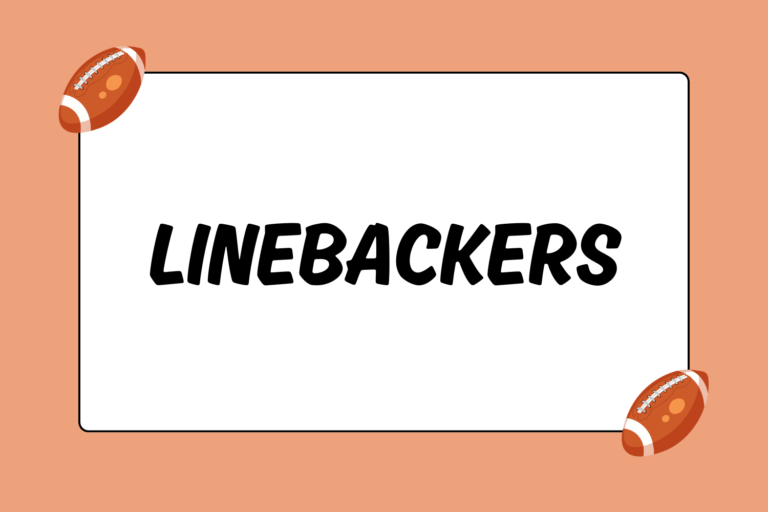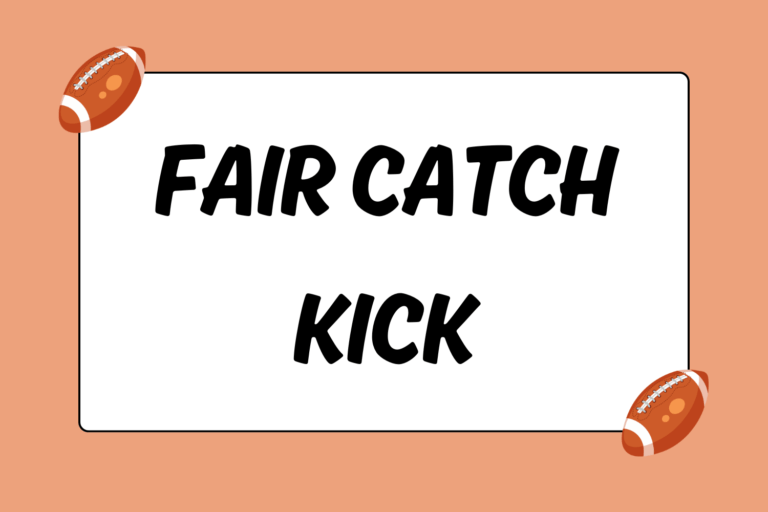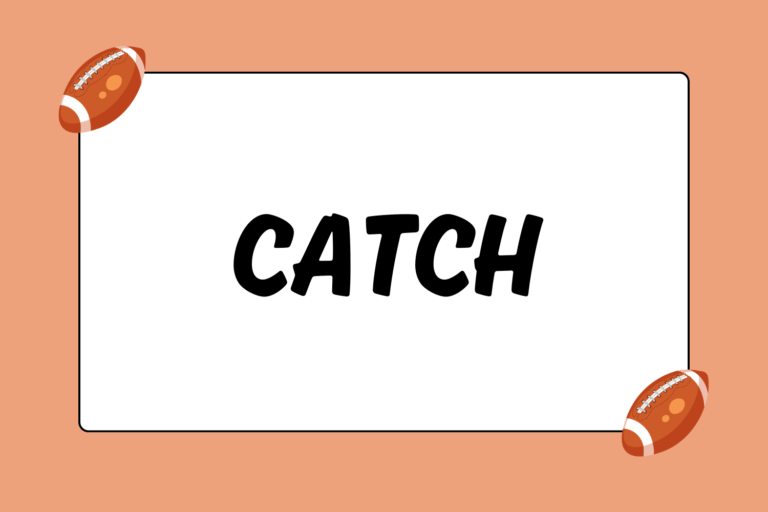In football, the success of one team’s offensive play-calling strategy relies on that team’s ability to choose plays that either exploit a particular weakness in the defense, or catch them off-guard. The trouble is, although a certain amount of information can be gleaned from the defense’s formation and personnel, the number of formations (and sub-formations, and variations of those sub-formations) they have to choose from makes accurately predicting the defense’s strategy somewhat difficult.
However, several offensive strategies have been created specifically with this issue in mind. The key with these strategies is to utilize offensive plays that are difficult to defend because they give the offense several choices about the direction in which the play should head. In other words, the offense has several ‘options’ at its disposal. One such strategy is the option offense, which utilizes a collection of running-based plays that all have multiple options built into them. This guide explains the key strategy points behind the option offense, and identifies a few of the more common option offense varieties.
The ‘Options’ in the Option
At its most technical core, the option offense is a run-heavy scheme that relies on a quick-thinking quarterback with the ability to react to the defense in fractions of a second. Also, the series of plays in the option offense are really just variations of the base option play, though there have been several modifications and re-imaginings of the option over the years.
One Play, Several Choices
Although there’s a large number of option variations, they are all in some way built around the option run. Here’s a breakdown of how the option run works, and the choices inherent in it (for the example below, assume the offense is lined up in a pro set/split backs formation):
Before the play actually begins, the quarterback reads the defense, looking for any clues (arrangement of defensive players, players that appear to be blitzing, etc.) that would indicate which of his options is best.
- If the QB doesn’t see anything particularly revealing, he hikes the ball and proceeds to go through the options at his disposal. The first choice: hand off the ball to one of the running backs in a dive play. The QB may go with this if the defense appears to drop back into pass coverage, or if they choose to attack from the outside more than the inside.
- The defense holds steady, making the dive play a less-than-stellar choice. The QB will then begin to run in a sweep-like manner towards one side of the field. At the same time, the second running back will stay 3 to 5 yards behind and to the outside of the QB:
- The second choice is for the QB to keep the ball and run it up the field. He would make this choice if the closest defender decides to key on the RB trailing the QB.
- The third choice (which can technically be done any time during the play, as long as the RB is behind the QB) is for the QB to pitch the ball off to the trailing RB. He would do this if the closest defender targets the QB rather than the RB. The RB would continue up field as long as possible.
That is the option run at its most basic level. Variations run the gamut depending on the formation and personnel, but any option play will somehow feature that set of actions.
Mental Edge
While variations of the option offense are very popular at the high school and collegiate levels, it’s rare to see teams use the option at the professional level. The main reason for this is that quarterbacks who run the option are much more likely to carry the ball — more to the point, they’re likely to be tackled while doing so. This increases the risk of an injury, and at the professional level, most teams just don’t want to risk injuring their QB.
Common Variations of the Option Offense
Though the option run is the most predominant characteristic of any option offense, many variations of the option are used today. Below are two such variations; the first is a different style of option, and the second is a different formation altogether.
The speed option:
Very similar to the normal option run, the speed option just removes the first choice from the equation. Requiring a QB with above average foot speed, any of the plays that qualify as a type of speed option see the QB and tailing RB immediately running in one direction once the ball is hiked, rather than waiting and reading the defense.
The spread option:
Utilizing personnel sets with multiple receivers (usually 3 to 5), the spread option gets its name from the fact that it seeks to ‘spread’ defenders across the field, creating more space in which the offense can work. Part of a larger offensive scheme known as the spread offense, the spread option also requires a speedy QB. Part of the ‘option’ comes from the fact that there are multiple receivers on the field, forcing the defense to consider the possibility of a pass.
These are only a few examples of all the different kinds of option variations that exist within the game today. For teams that do utilize the option, the specific types of plays/formations in their scheme will depend on the individual players on the team.
Options Are Always Nice
A big part of the option’s appeal is its versatility, as it can be adapted for almost any different set of players. The fact that it provides offenses with multiple choices within the same play doesn’t hurt either. Though a QB who makes smart decisions is crucial to the success of the option, the one trait that all option teams share is speed. Without speed, the option has no chance.





